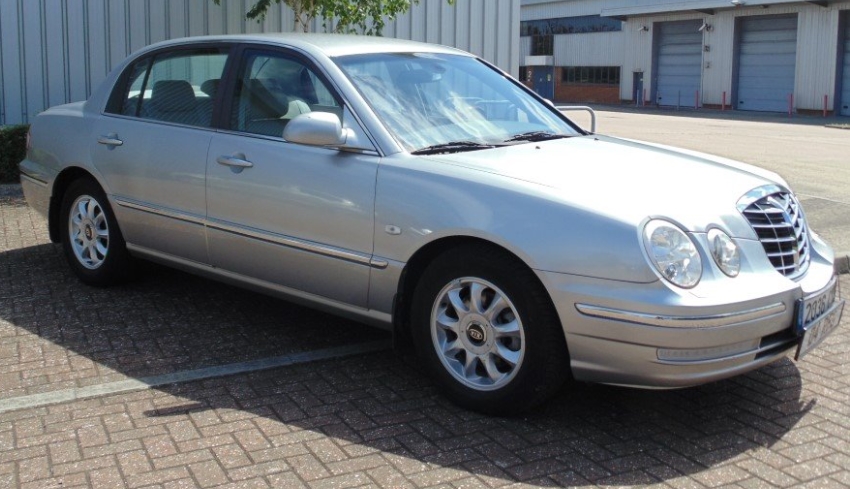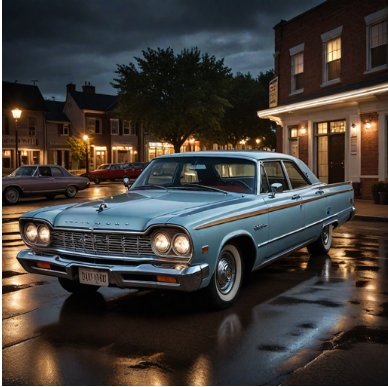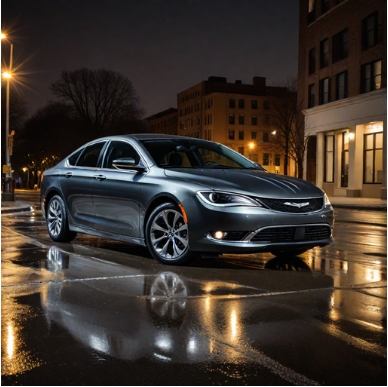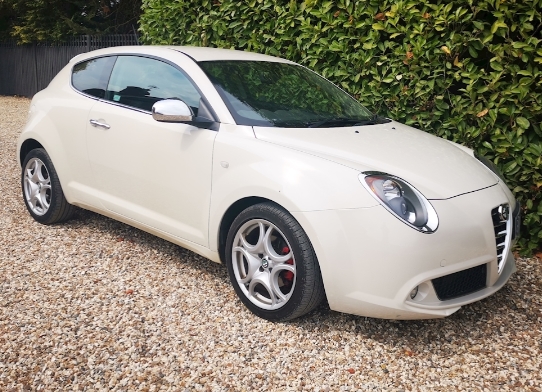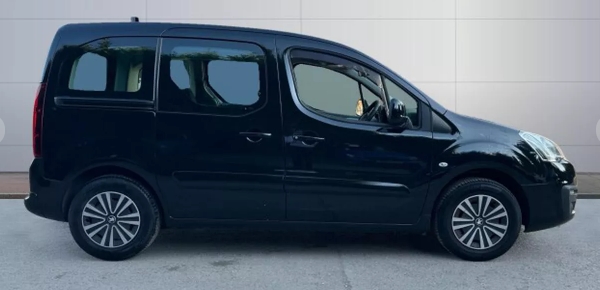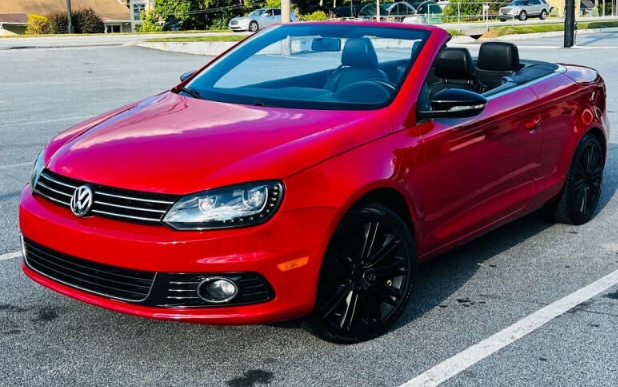The Evolution of the Kia Opirus
The Kia Opirus, also known in some markets as the Kia Amanti, represents Kia’s foray into the full-size luxury sedan segment. Introduced in the early 2000s, the Opirus marked a significant step for Kia in establishing itself as a producer of premium vehicles. Over the years, the model evolved through various updates, trim levels, and market adaptations. This article provides an in-depth look at the Kia Opirus’s development, from its inception to its discontinuation.
Origins and Introduction (2003–2009)
Launch and Market Positioning
The Kia Opirus was officially launched in 2003 as a 2004 model year vehicle. It was developed to compete with established luxury sedans such as the Lexus LS, Infiniti Q45, and Mercedes-Benz E-Class. The vehicle was primarily designed for markets in South Korea, North America, and select Asian and Middle Eastern markets.
Design and Engineering
Built on the Hyundai Grandeur platform, which shared components with Hyundai’s flagship models, the Opirus was characterized by its elegant design, spacious interior, and a focus on comfort and luxury features. It employed a front-engine, rear-wheel-drive layout, a hallmark of traditional luxury sedans, though later versions incorporated all-wheel drive options.
Model Years and Trims
- 2003–2009: The first-generation Kia Opirus was available predominantly as a single trim level, emphasizing luxury and comfort. It was equipped with a 3.5-liter V6 engine, producing approximately 200 horsepower, paired with a 4-speed automatic transmission.
- Additional Features: Standard equipment included leather upholstery, power-adjustable seats, wood trim, premium audio systems, cruise control, and a comprehensive safety package with multiple airbags and stability control.
First Generation (2003–2009)
Facelift and Updates
In 2006, Kia introduced a mid-cycle facelift for the Opirus, updating front and rear styling, including a new grille design, headlamps, and taillights. This refresh also included interior upgrades, improved materials, and additional technology options.
Trim Levels
Initially launched with a single high-end trim, the facelifted model introduced additional options:
- Luxury: The primary trim, featuring all standard features.
- Premium: Added features such as upgraded audio systems, navigation, and additional safety features.
- Executive: Offered more luxurious amenities, including heated and ventilated seats, premium leather, and wood accents.
Engine and Transmission Options
While the 3.5L V6 remained standard, a more powerful 3.8-liter V6 engine was introduced in some markets, producing around 260 horsepower, paired with a 5-speed automatic transmission, providing improved performance and refinement.
Market-Specific Variations
In North America, the Opirus was sold mainly through Kia’s dealerships as the Amanti, which was the initial name for the model in some regions. The name “Opirus” was used in other markets like South Korea, Middle East, and parts of Asia.
Discontinuation and Transition (2009)
By 2009, the first-generation Opirus/Amanti was phased out in most markets, replaced by newer models under Kia’s expanding lineup. The model’s sales declined amid increasing competition and shifting consumer preferences toward crossover SUVs and more contemporary luxury vehicles.
Second Generation and Global Revival (2010–2015)
Development and Relaunch
Kia reintroduced the model in 2010 as part of its global strategy to expand its luxury offerings. The new version, still known as the Kia Amanti in some markets, was based on the Hyundai Genesis platform, signaling a move toward more modern, rear-wheel-drive architecture that aligned with luxury branding.
Design and Features
The second-generation Kia Opirus/Amanti featured a sleek, modern design with a more aerodynamic profile. It incorporated advanced safety features, improved ride comfort, and a more upscale interior with high-quality materials.
Models and Trims
- 2010–2012: The model was available in two main trims:
- Luxury: Equipped with a 3.8-liter V6, leather seats, premium audio, navigation system, and safety features.
- Limited: Added features such as a sunroof, upgraded interior trims, and advanced driver-assistance systems.
- 2013–2015: An updated version introduced a new 3.3-liter V6 engine, offering a balance of power and efficiency. The trim levels were expanded with:
- Premium: Focused on comfort and technology.
- Ultimate: Full luxury package with features like ventilated seats, adaptive cruise control, and a premium sound system.
Powertrain and Performance
The second-generation models primarily employed a 3.8L V6 engine producing approximately 290 horsepower. Some markets also offered a 3.3L V6 with around 263 horsepower, paired with a 6-speed automatic transmission, delivering smoother performance and better fuel economy.
Notable Features
This generation focused heavily on technological enhancements, including Bluetooth connectivity, navigation, rearview cameras, and advanced safety packages. The interior design emphasized luxury and comfort, with options for wood trim and premium leather upholstery.
.
THIS might be a great place to get your new car from!
Or for those who are into the “car flipping” business, here’s an excellent resource for you!

.
Discontinuation and Legacy (Post-2015)
Market Withdrawal
By the mid-2010s, the Kia Opirus/Amanti was gradually phased out globally. The model’s decline was driven by the rising popularity of SUVs, changing consumer preferences, and the introduction of newer Kia models such as the K900 (also known as the Kia Quoris), which effectively replaced the Opirus as Kia’s flagship luxury sedan.
Limited Markets and Legacy
While the Opirus was no longer in production after 2015, its legacy persists as a model that helped establish Kia’s presence in the luxury sedan market. It demonstrated Kia’s commitment to offering premium features at competitive prices and laid the groundwork for subsequent luxury models.
Summary of Production Years and Key Variants
| Production Years | Model Name | Main Trim Levels | Notable Features | Engines Available |
|---|---|---|---|---|
| 2003–2009 | Kia Opirus (South Korea) / Kia Amanti (North America) | Luxury, Premium, Executive (post-2006 facelift) | Leather, wood trim, advanced safety, navigation | 3.5L V6, 3.8L V6 (post-2006 facelift) |
| 2010–2015 | Kia Opirus / Kia Amanti | Luxury, Limited, Premium, Ultimate | Modern design, tech features, improved ride | 3.3L V6, 3.8L V6, 6-speed auto |
Final Thoughts
The Kia Opirus’s evolution reflects Kia’s growth from a budget brand to a contender in the luxury segment. Its development journey from the early 2000s to the mid-2010s showcases advancements in design, technology, and performance, aligning with Kia’s broader strategic goals of innovation and quality. Today, the Opirus/Amanti remains a noteworthy chapter in Kia’s history, symbolizing its pursuit of luxury and refinement.
